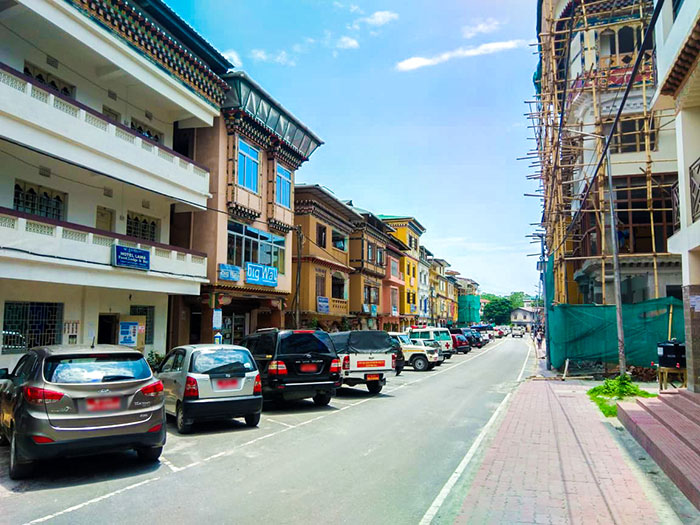Nima | Gelephu
The border sealing has stopped the movement of people from Bhutan and nearby border towns into Gelephu, reducing the risk of malaria transmission in Sarpang dzongkhag.
The border lockdown that began from March has restricted the movement of people from nearby border towns working as day labours and in many other sectors in the town.
It also stopped the movement of Bhutanese into the border towns in Assam, India that is malaria endemic States. This has helped dzongkhag remain free of indigenous malaria cases so far.
According to the record with the Vector-Borne Disease Control Program (VDCP), Department of Public Health in Gelephu, only five cases of malaria were confirmed to date.
Most of the cases were imported because of the patient having a travel history to border towns and also because the case investigation could not identify a breeding area and the parasites.
Program Analyst with VDCP, Tobgyel said if the border sealing continues until September, the department would know if the cases reported so far were locally transmitted or imported from across the border.
“We would be able to study and confirm if the cases we reported in the past were mostly because of the movements of the people from the border or because of the outbreak in nearby border towns,” he said.
The official added that last year over 10 cases were reported by this time of the year. The parasite movements were mainly through day labourers. “Some were immune to the infection because they come from the endemic States like Assam,” Tobgyel said.
The malaria transmission in the country is seasonal following a two-peak pattern: the first peak season occurs in April and May before the start of the monsoon and the second by the end of monsoon in September and October.
Bhutan reported over 30 indigenous malaria cases in the past four years but most cases were sporadic that made classification of the case challenging, according to the officials working with VDCP.
The department’s plan to eliminate local transmission by 2021 failed when six local cases were detected in 2018. The department is trying to achieve zero local transmission this year. “We have not reported any local cases so far,” said Tobgyel.
For a country to achieve a malaria-free status, it has to maintain zero indigenous malaria cases or local cases for three consecutive years, according to the World Health Organisation (WHO).
The officials and the technical experts working with the program said it was challenging to classify the cases as imported, introduced, or indigenous, especially the cases detected from near the borders.
Chief Entomologist with VDCP, Rinzin Namgay said that there is a need to invest in some advanced studies to classify some cases properly. “We often detect a case from a place that never reported malaria case for four to five years. We don’t find the source of the carrier even after the screening is done in the specific area,” he said.
He added there were good vector control coverage and also a good patient follow up system that is essential to eliminating the disease in the country and over 90 percent of net distribution coverage.
“But we don’t know about the control measures put in place outside the border. Many from nearby towns seek health services from the dzongkhag as they don’t have established health services,” said Rinzin Namgay.
Meanwhile, with the government asking people to practice social distancing, the department could not freely reach the mass to conduct preventive awareness and interventions. This might lead to an unexpected outbreak, said the officials.


